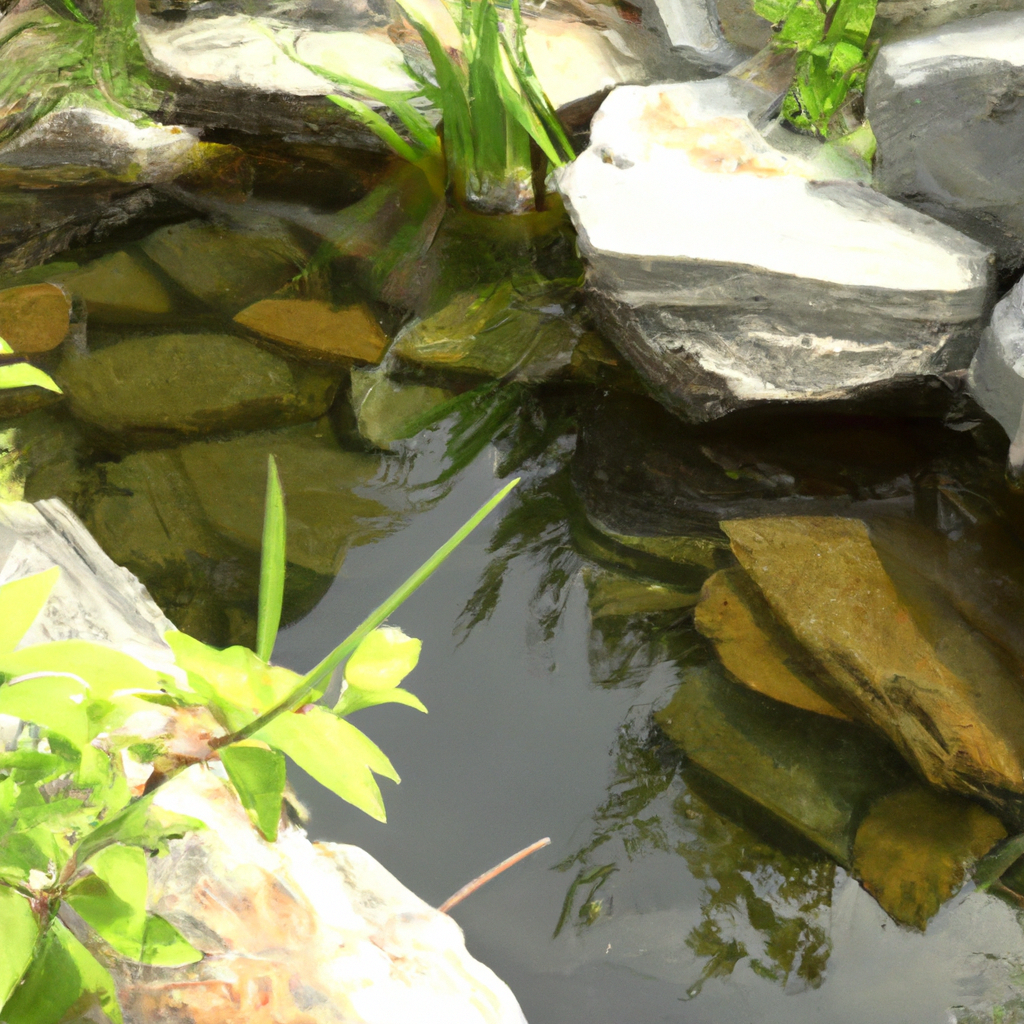Creating a Natural Wildlife Pond in Your Backyard
A backyard pond can be a beautiful and relaxing addition to any garden, creating a peaceful oasis for both humans and wildlife. A natural wildlife pond, however, is specifically designed to attract and support a variety of wildlife, from insects and birds to amphibians and small mammals. In this article, we will explore the steps involved in creating a natural wildlife pond in your backyard, from pond design and construction to maintenance and landscaping.
Pond Design
The first step in creating a natural wildlife pond is to design the pond. Consider the size and shape of the pond, as well as its location in your garden. A natural pond should blend seamlessly into the surrounding landscape, so choose a location that is sheltered from strong winds and ideally partially shaded. A pond that is too exposed to the sun can become too hot and can also suffer from excessive algae growth.
The size of the pond should be appropriate for the size of your garden and the amount of wildlife you wish to attract. A pond that is too small may not provide enough habitat for wildlife, while a pond that is too large can be difficult to maintain.
Pond Construction
Once you have designed your pond, the next step is to begin construction. First, excavate the area where the pond will be located, ensuring that the base of the pond is level. You may wish to include a shallow area in your pond, which can be used by birds for drinking and bathing.
Next, line the pond with a pond liner, ensuring that it is well secured and free from any wrinkles or folds. You can then fill the pond with water, using a hose or a rainwater harvesting system.
Pond Ecosystem
A natural wildlife pond should be designed to support a variety of microorganisms and aquatic plants, which in turn will provide habitat for larger wildlife. You can introduce aquatic plants such as water lilies, rushes and water irises to your pond, providing both shelter for wildlife and a source of food for insects.
You may also wish to introduce fish to your pond, such as goldfish or koi. However, be aware that fish can sometimes disturb the delicate balance of a pond ecosystem, so only add fish if you are confident that your pond can support them.
Pond Maintenance
Maintaining a natural wildlife pond is relatively simple, but requires regular attention to ensure that the ecosystem remains healthy. You should remove any dead leaves or debris from the surface of the pond regularly, as this can cause a build-up of organic matter which can lead to excessive algae growth.
You may also wish to introduce a pond filter or aeration system to your pond, which can help to maintain water quality. However, be aware that these systems can be expensive and may not always be necessary.
Pond Landscaping
Finally, you may wish to landscape the area around your pond, creating a beautiful and welcoming environment for both humans and wildlife. You can use rocks, logs and other natural materials to create a naturalistic edge to your pond, and plant native flowers and shrubs to attract pollinators and other wildlife.
You may also wish to include water features such as cascades or fountains, which can add both visual interest and aeration to your pond.
Conclusion
In conclusion, creating a natural wildlife pond in your backyard can be a rewarding and enjoyable project, providing a beautiful and peaceful oasis for both you and the wildlife that you attract. By following the steps outlined in this article, you can design, construct and maintain a pond that is both beautiful and ecologically sustainable, providing habitat for a diverse range of wildlife.







